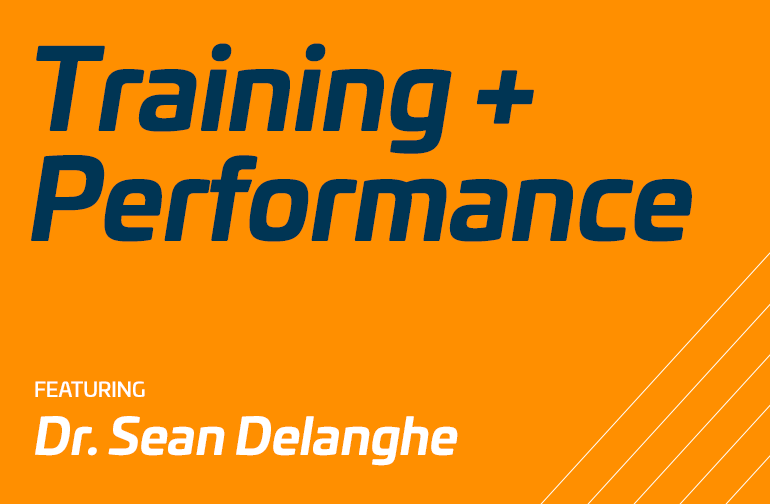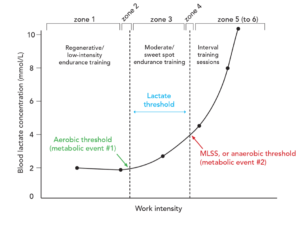STRENGTH TRAINING WITH PHYSIO SAYAKA
Exercise is always better with friends, which is why we are excited to formally offer individual and small group workout sessions guided by Physio Sayaka!

Strength is a key component of any good rehab program, and is invaluable for staying healthy, regardless of if you are an athlete or not. Plus, we all know there are many ways to go wrong when trying to implement it, so why not get work with a regulated health practitioner to make sure you are doing things the right way!
These one-hour exercise sessions are tailored to your group’s needs, such as:
- prehab for your sport or everyday activities
- prenatal/postpartum rehab and strengthening
- peri/post-menopausal strengthening
- maintaining fitness in a safe environment with consideration for your previous injuries
Sessions are scheduled in advance to reserve the same time every week. We’re flexible on the duration, but 4 weeks minimum is usually a good place to start.
COST:
Cost will be scaled to the size of the group:
- 4 people: $65 per person/session
- 3 people: $75 per person/session
- 2 people: $90 per person/session
- Flying solo? The cost for a 1-on-1 session will be $120.
Covered under your physiotherapy benefits!
Note: Anyone looking to claim this under their PT benefits will need to come in for a short assessment to ensure we are delivering appropriate care for your PT goals.
Reach out today if you’re interested! sayaka.physio@gmail.com


